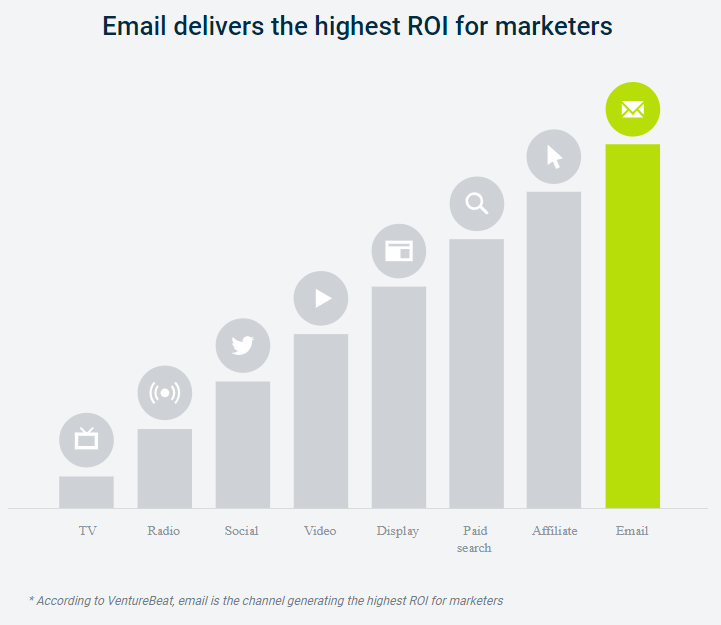Data has become more important than ever for marketers. Not just to better understand customers and their journeys, but to launch timelier, more relevant campaigns, and develop the reports that reveal the results of their marketing efforts.

Still, as marketers transition towards a role that demands better knowledge of data science, there may be a few bumps on their path to progress. Not least the ability to put data to the best use in order to generate actionable insights and drive positive change.
Are you making some of these mistakes with marketing data?
1. Your data is in bad shape
Before you can expect to achieve anything, you’re going to need the right foundations to build on. You cannot make good decisions if you’re basing them on bad data.
Preparation is key and this means a marketing database that is clean and accurate. A database littered with customer profiles that are incomplete, duplicated, and filled with erroneous fields means a disaster for any plans you have to make recommendations and personalize content for them. It cannot even ensure that the right message will make it to the correct person in the first place.
Add to this the unavoidable degradation of the customer and prospect data over time and your marketing efforts could easily fall at the first hurdle if your data is not clean, refreshed, and ready for use.
2. You’re using the wrong tools
A glance at Scott Brinker’s now-legendary Marketing Technology Landscape Supergraphic is enough to bring any marketer looking for new technology out in a cold sweat, and it highlights how difficult it can be to find the right vendor with the best solution for your needs.
The best place to start is to identify exactly what your needs are, and what you want your marketing tools to achieve. Do they simply collect your data? Or do they allow you to analyze and dig down into the depths of your data, too? Will they give you a unified view of your customers? Will they integrate with your existing Martech stack and play nice with your email service, BI, and CRM tools?
Not only will you need to identify your business objectives and how you hope a tool can help you achieve them, but you’ll also need to be realistic about your commitment and capabilities using them. While many tools are becoming increasingly accessible to those who aren’t data scientists, with the ability to answer many of your questions, it may be a while before martech functions can be completed by pressing a ‘big red button’ that does it all for you…
3. You’re using the wrong metrics
So, your database is immaculate, you’ve got the right tools and all that prized data is ready to be analyzed and measured to demonstrate the ROI of your new and invigorated marketing efforts. Well, only if you’re using the right metrics.
One of the most common mistakes to make is to only showcase the metrics that make you look and feel good. Sure, highlighting email open rates, growing social media followings and web traffic might justify some of your hard work, but do they really tell you much, or highlight any action you can take?
Similarly, it can be all too easy to reject the metrics that do not conform to your organization’s existing expectations, using analytics as a way to reinforce what they already believe to be true. Upsetting the status quo is hard, but vital to progress. If anything, less than glowing figures and small numbers should be included to demonstrate that something needs to change, whether that is a tactic or campaign, or to question the resources invested into a particular channel that isn’t performing as it should.
More important are metrics that have been aligned to core KPIs and demonstrate what your C-levels really want to know. Unsurprisingly, it’s showing the data that gives a better understanding of what is (and what isn’t) driving business such as revenue, sales, customer growth, profit, and so on.
Ultimately, you want to be tracking metrics that can help you make decisions and provide insight into customer behavior, who your best customers are, where to win new business, and problems that need to be addressed.






